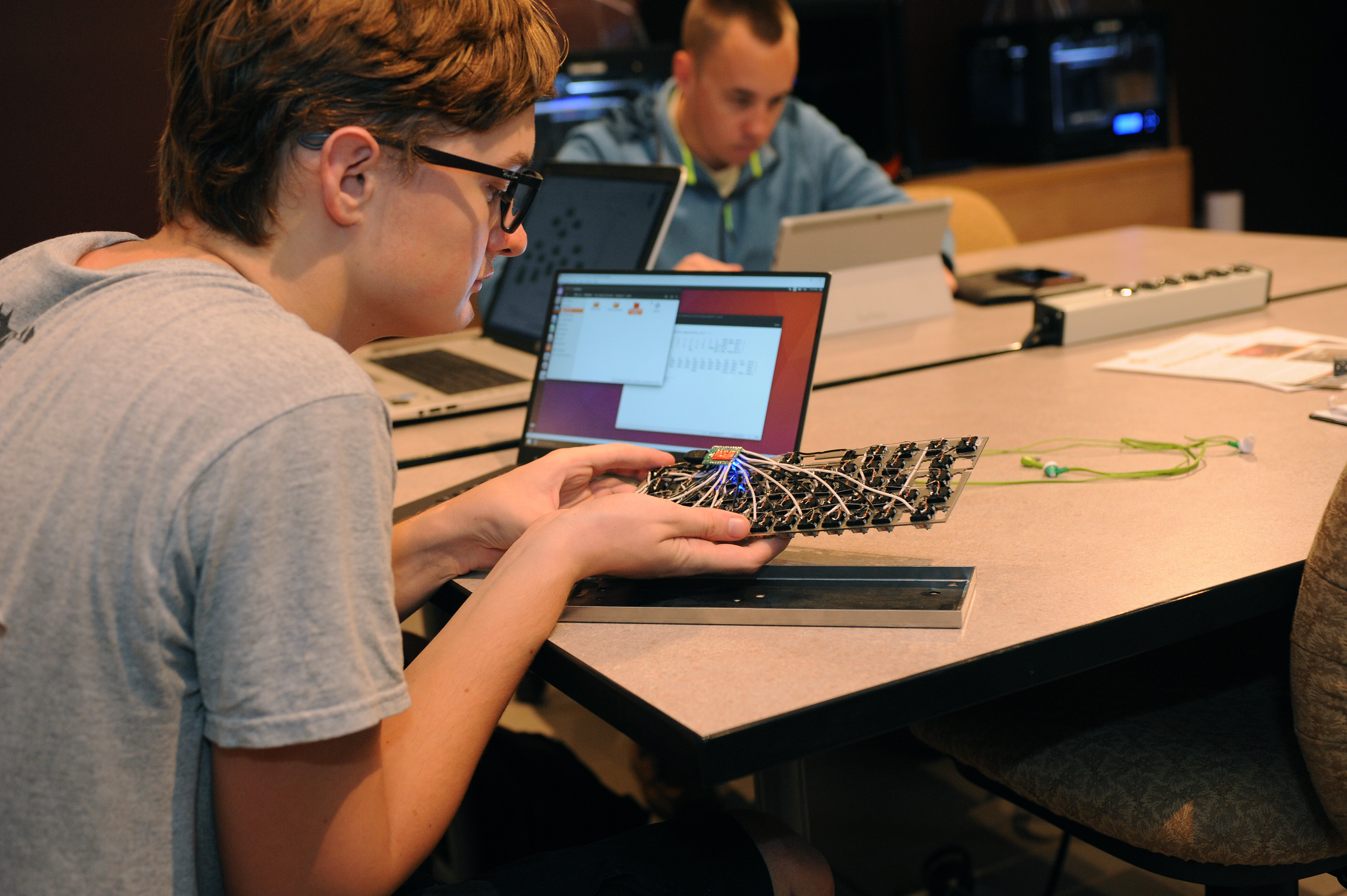Document Type
Conference Proceeding
Publication Title
Proceedings of SPIE - the International Society for Optical Engineering
Abstract
For underwater fiber-optic sensor arrays containing hundreds of sensors as well as smart aerospace structures and skins using fiber-optic strain sensor arrays, the output of the sensors are optical signals that are a function of the measurand. We are also employing optical signals to energize smart-structure actuators (shape-memory alloys). An all-optical processor would thus seem to be logical choice for the processor since we must simultaneously process, in real time, multiple optical input (sensor) signals and generate multiple output (actuator) signals. In addition, with an all-optical processor, there would be no reduction in processor performance due to converting between optical and electrical signals. We are developing hybrid optical processors using an artificial neural network architecture to process the sensor inputs and calculate the resultant strain and optical control signals. This paper describes the computer simulations and experimental results performed to date. These results indicate that neural network architectures can successfully perform these very high-speed calculations with the desired accuracy. The current limitation in an all-optical implementation is in the performance of available bi-stable optical gate arrays.
First Page
403
Last Page
413
DOI
10.1117/12.21284
Publication Date
9-1-1990
Recommended Citation
Grossman, B., Hou, H., & Nassar, R. (1990). Optical processors for smart structures. Paper presented at the Proceedings of SPIE - the International Society for Optical Engineering, , 1296 403-413


